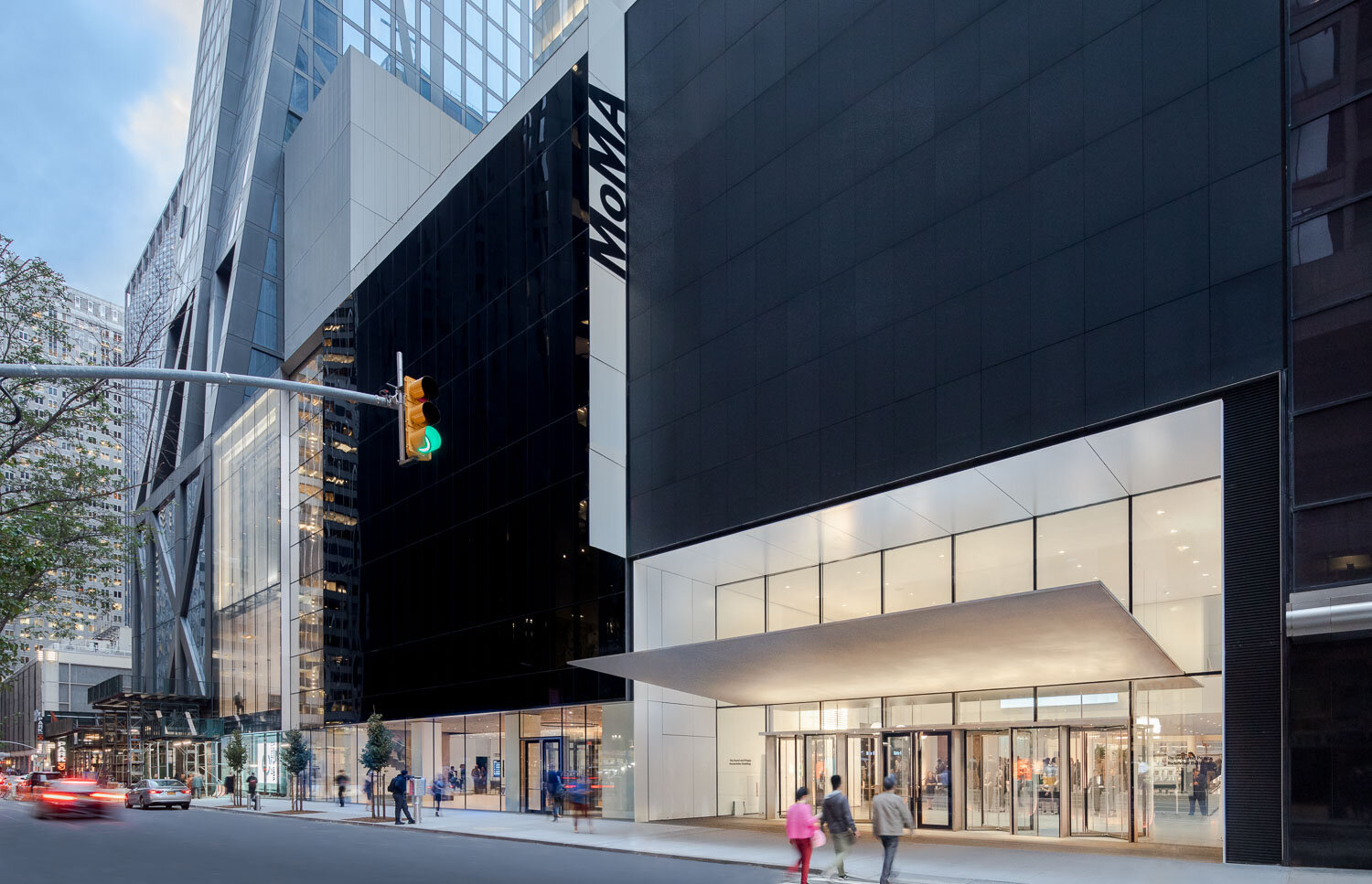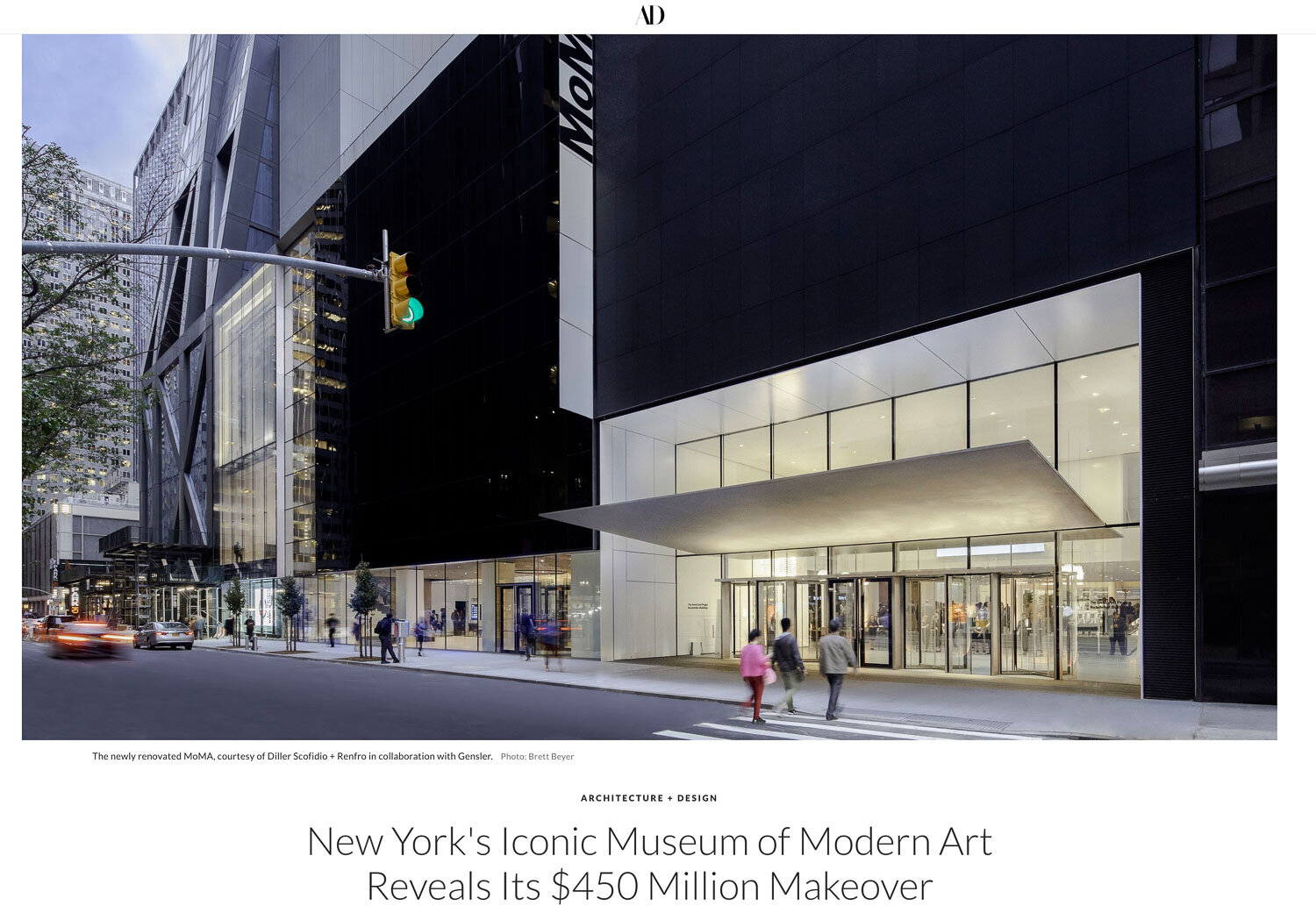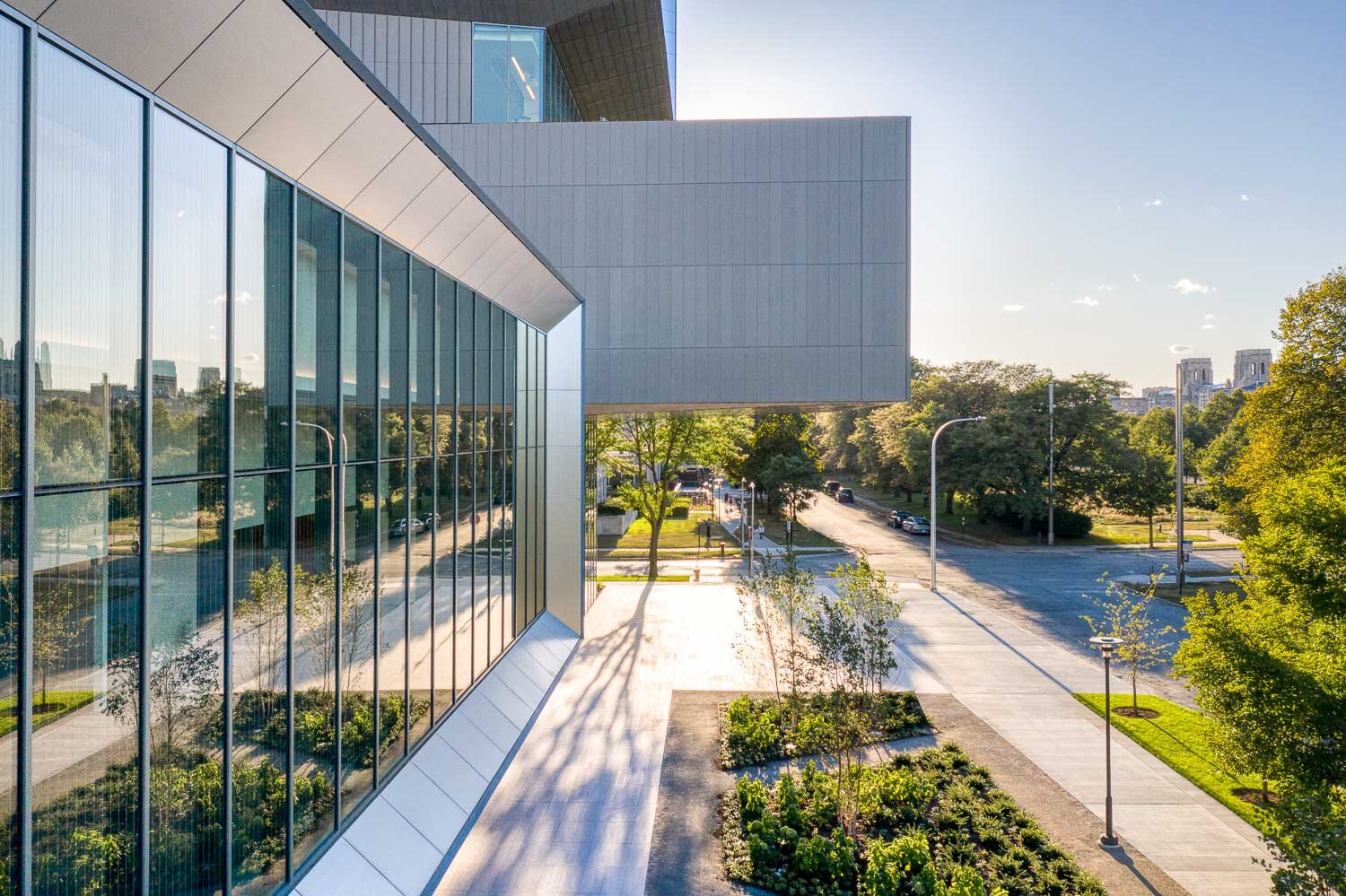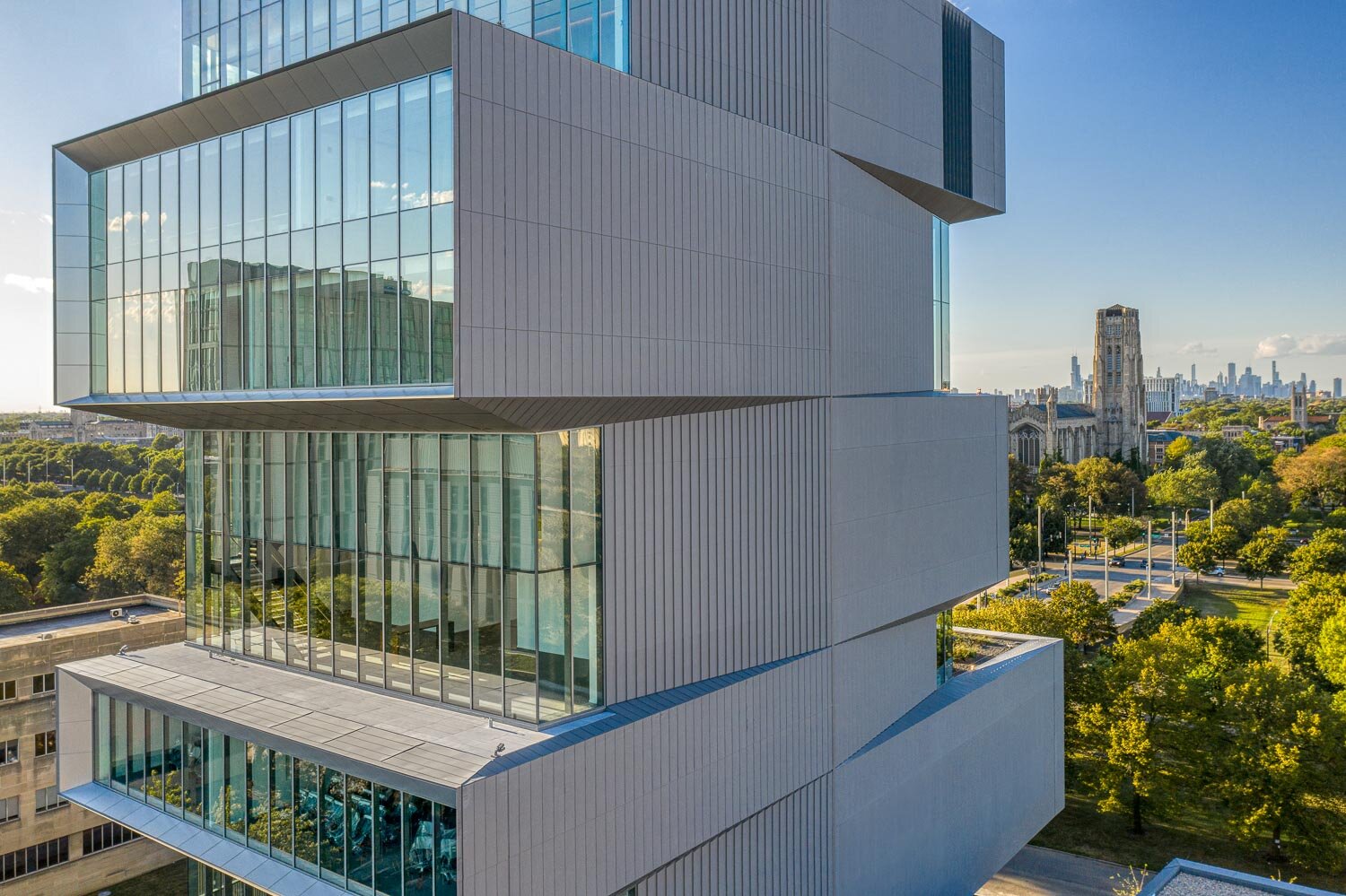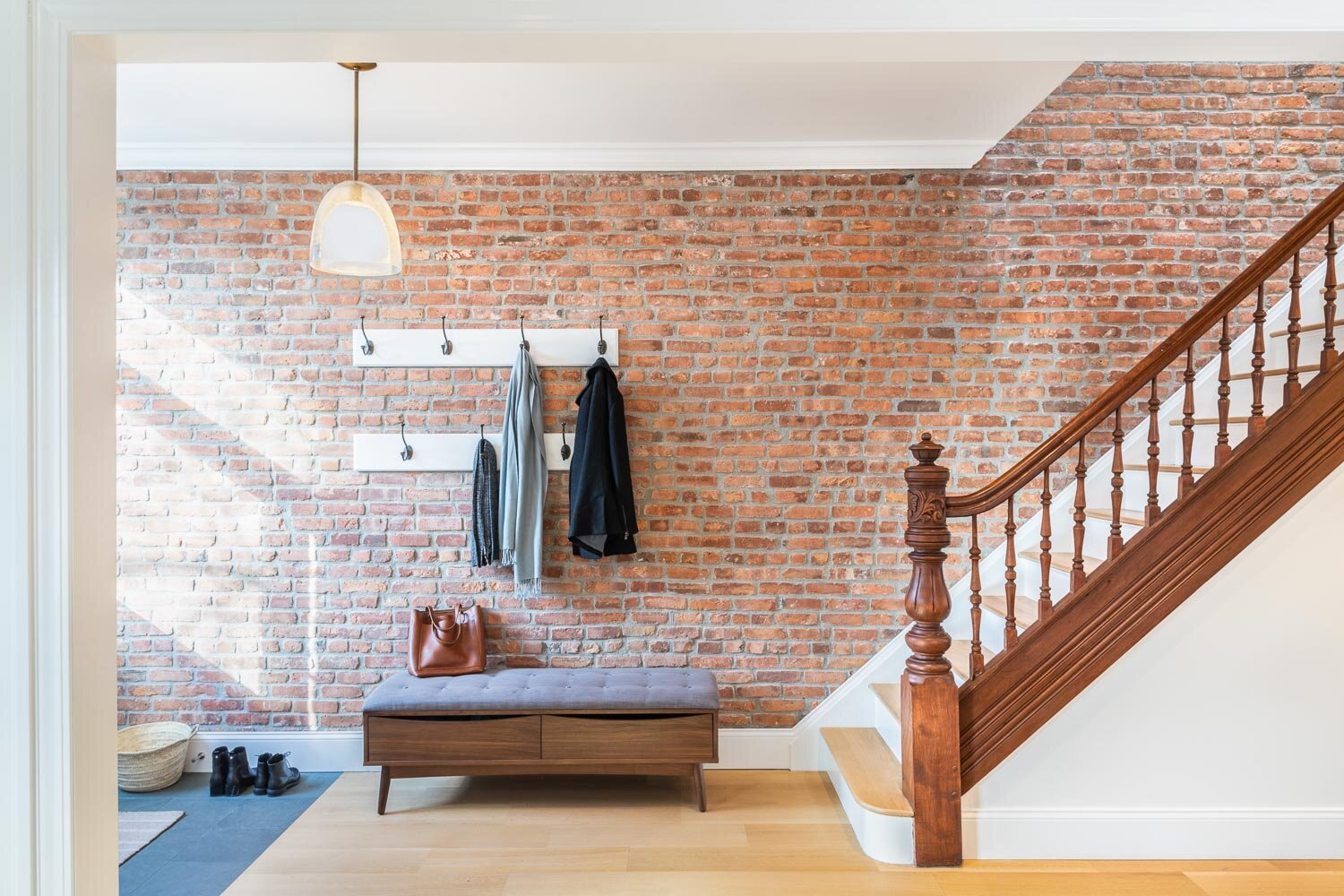What are the Different Types of Architectural Photography? (The 5 main types for 2022)
Introduction
My name is Brett Beyer, I am an architectural and interior photographer that has been in business for almost 20 years. My work has been published by major publications such as The New York Times, Dwell, Architectural Record, Architectural Digest, Metropolis and many more. I have worked in almost all areas of the photography industry but my focus has primarily been working on projects for Architects, Designers, Builders, and anyone else that needs a space or structure photographed. Having photographed thousands of spaces and homes I’ve seen that the types of shots used by clients usually come down to the ones listed below.
In this post I’ll go over the 5 main types of architectural photography and why they are used:
The Hero Shot
Exteriors
Aerial
Interiors
Details and Vignettes
Architectural Photo Type #1: The Hero Shot (or the best shot of the day)
For most people who look at architectural and interior images, their first and sometimes only interaction with an architectural or design project will be what is generally called the “Hero Shot”. This is the first image you see in a social media post, on a publication’s website, or advertising materials promoting the project. Because of this the need for this shot to look amazing is very important. It also needs to capture key aspects of the design or features that the client is trying to convey. A pretty photograph that does nothing to communicate the design is not very useful to a client trying to market their work.
Generally speaking these photos will give an overview of a space or building so the viewer gets a sense of what the project is about. For buildings this ususally means an exterior of the front of the building. For interiors this is usually a sweeping shot of the main interior space. Below You will see an example of a Hero Shot I took for the architectural firm Diller Scofidio + Renfro. Below that are two examples of it being used as a lead image by the publications Architectural Digest and Designboom.
Publication at Architectural Digest
Publication by DesignBoom
Architectural Photography Type #2: Exteriors
The next type of Architectural Photography that is widely used are Exteriors. As the name implies these photos focus on the outside or exterior of a building. These are often closely related to the Hero Shot as they want to tell the story of the project from a more macro point of view. Exteriors can also focus on details of the outside of a building as well. Oftentimes a building will be photographed during dawn or dusk as this is usually the best light of the day to flatter the building. It also allows for the photographer to easily balance out the light between the interior light you can see from the windows and the exterior light from the setting or rising sun that is hitting the outside of the building.
A good exterior architectural photograph shows the design and the context in which the building is placed. This can include showing landscaping, nearby buildings, geographical features, people walking by, and lots more.
In this image we are not seeing the entire building but we focus on an important element.
An exterior image showing the entryway to a residential building. Design By Bloom Architecture
Architectural Photography Type #3: Aerials
Aerial Architectural Photography is one of the most dynamic and exciting ways of capturing a build project. Usually taken from a helicopter or increasingly with a drone, these images can really impress the viewer. Below are a series of aerial photos that capture angles you could never get from the ground.
Aerial Photograph of the Rubenstein Forum at the University of Chicago with downtown in the distance.
Aerial Image of The Rubenstein Forum, design by DS+R
Aerial Image of The Rubenstein Forum, design by DS+R
One important thing to mention is that if you are working with a drone pilot, make sure that they have what is called a “Part 107” license. This insures that they are fully licensed to commercially fly and do this kind of work. they should also carry liability insurance for their drones.
Architectural Photography Type #4: Interior Photography
Interior photography is a broad subject but for this post I’ll focus on the main elements. Overall the idea is to capture the interior in a way that highlights whatever the client wants to communicate to their audience. This could be furnishings, lighting, layout, design elements, signage and on and on.
Some of the most challenging aspects of this type of photography are styling and lighting. Most interiors are not as neat and tidy as you see in magazines. Paying attention to how things look in the camera is essential to creating a pleasing photograph. You also want to make sure things don’t look too staged as well because this can make the images look forced.
Lighting for interior photography is challenging and the photographer you work with should have a good handle on multiple lighting techniques such as flash, ambient, and continuous light sources.
Architectural Interior Photograph of the Metropolitan Museum of Art
Interior Photograph of an entryway by Ben Herzog Architects
Architectural Photography Type #5: Detail or Vignettes
Last but not least are detail or vignette photography. These images are great tools in giving the viewer a closer in look at a project so they can appreciate it from a tighter perspective. Architectural Detail photographs will oftentimes make it into the primary edit for publication because they can be very pleasing to look at. They also give the viewer the sense that they are “in the room” so to speak.
This image gives a good sense of the interior of the room but also focuses the eye on important details such as the chandelier and wood design.
Here’s another example of a vignette that highlights a beautiful chandelier and places it in the context of a living room. Design by Susanne Fox
So that rounds up the top 5 types of architectural and interior photography. Feel free to comment if you can think of other or have questions!

